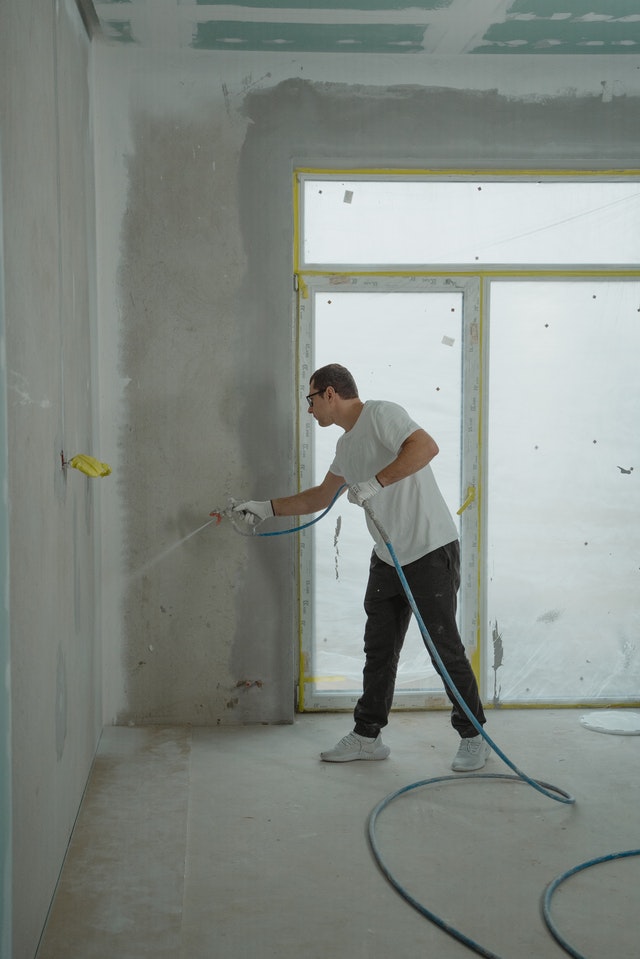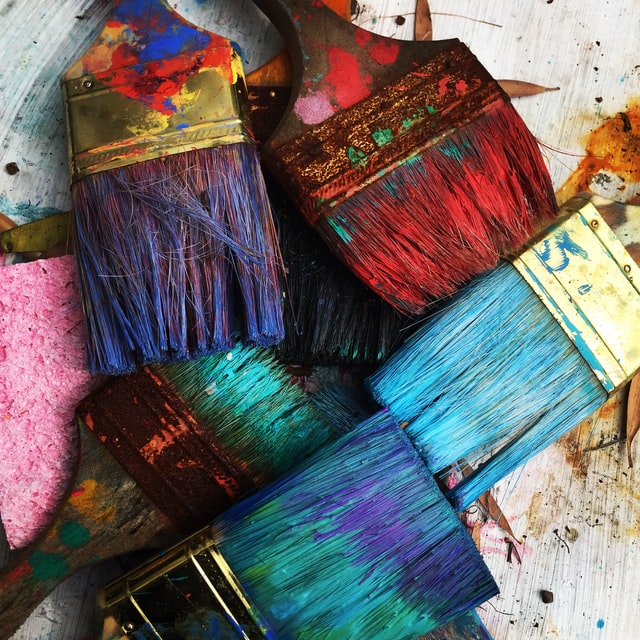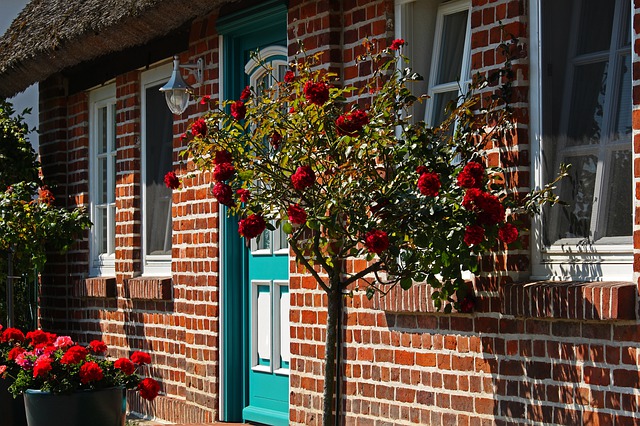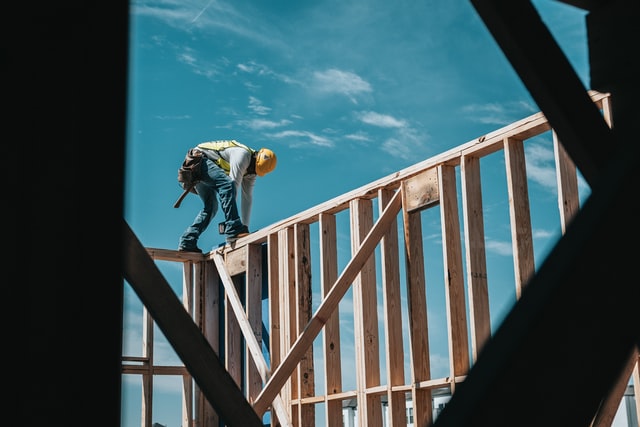This snippet has been extracted from “Paint Your Home Skills, Techniques, and Tricks of the Trade For Professional Looking Interior Painting Reader’s Digest”. Creating a Paint Effect can become incredibly easy to paint an image with proper respect to scale and perspective which is well explained at “House Painters in Washington DC“.
Colors can be used to establish certain moods and to alter our perception of space. Consider what the room will be used for when deciding on colors. You can create the required effect by combining colors following the principles of complementary and related colors, warm and cool colors, and light and dark colors.

Creating a Mood
As a result, warm colors create a cozy, intimate mood and cool colors, a tranquil one. However, you can combine colors to produce other effects. For instance, red details in a blue room will make the cool, tranquil room feel warmer, and both colors will appear more vibrant. The lightness and darkness of colors can affect mood, too. Deep yellow will produce a more intimate feeling than pale lemon.
Creating Spatial Effects
One of the most amazing aspects of color is the way it can visually change the shape and size of a room. The simplest example of this is painting a room with a light color. The walls will seem of this painting a room with a light color. The walls will seem to recede, creating the impression of a larger space. Cool colors will achieve the same effect. You can create the opposite effect by using dark or warm colors.
Cool, Light, Related Colors
This room is painted in shades of cool blue and blue- green that create a relaxing, tranquil effect. The colors are light, making the room appear airy and open, and the walls tend to recede. As the colors in this room are all related, they create a unified scheme.

Warm, Dark, Complementary Colors
This room appears warm and intimate because the deep- brick- color walls are dark and contain red. The walls tend to advance into the room. Sea- green woodwork complements the brick- color walls and adds impact to the scheme.
Unifying Interconnecting Rooms
You can create an impression of unity and spaciousness in your home by painting rooms in related colors. The colors will lead the eye from one room to another and produce a harmonious effect.
Different Walls, Different Colors
Make a long, narrow room seem wider by painting the short walls a warm, dark color so that they seem to advance. The long walls will appear to recede away from each other if you paint them in cool, pale colors.
Make a Ceiling Appear Higher
Walls divided by a picture rail provide interesting challenges. Here the ceiling and the area above the rail are painted a lighter color than the area under the rail to give an illusion of spaciousness and a high ceiling.
Make a Ceiling Appear Lower
This ceiling and the wall area above the picture rail are painted a darker color than the area under the rail. The visual effect is to lower the ceiling and to give the space a more intimate feeling.
Continue reading on Fixed features






